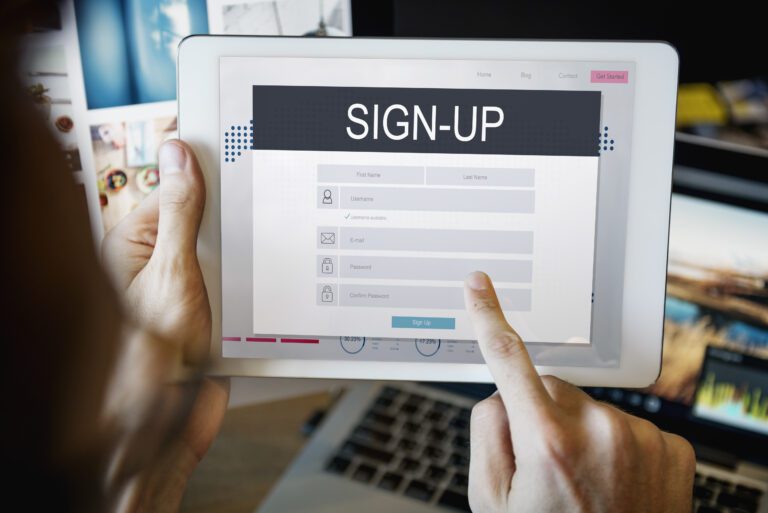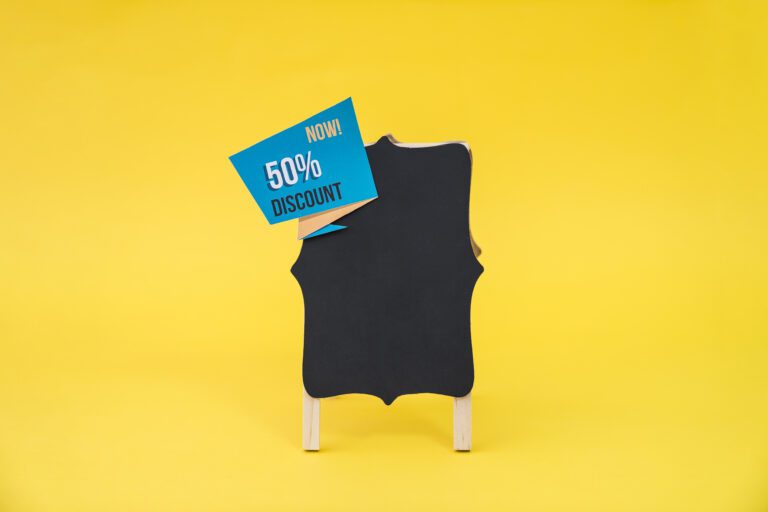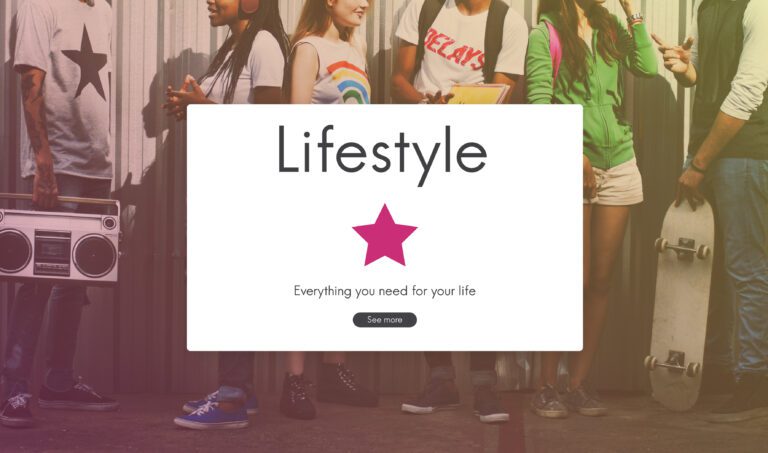The Psychology Behind Multi-Step Popups That Convert

I hope you enjoy this blog post. If you want Hello Bar to grow your leads, click here.
Author:
Mansi
Published
July 22, 2025
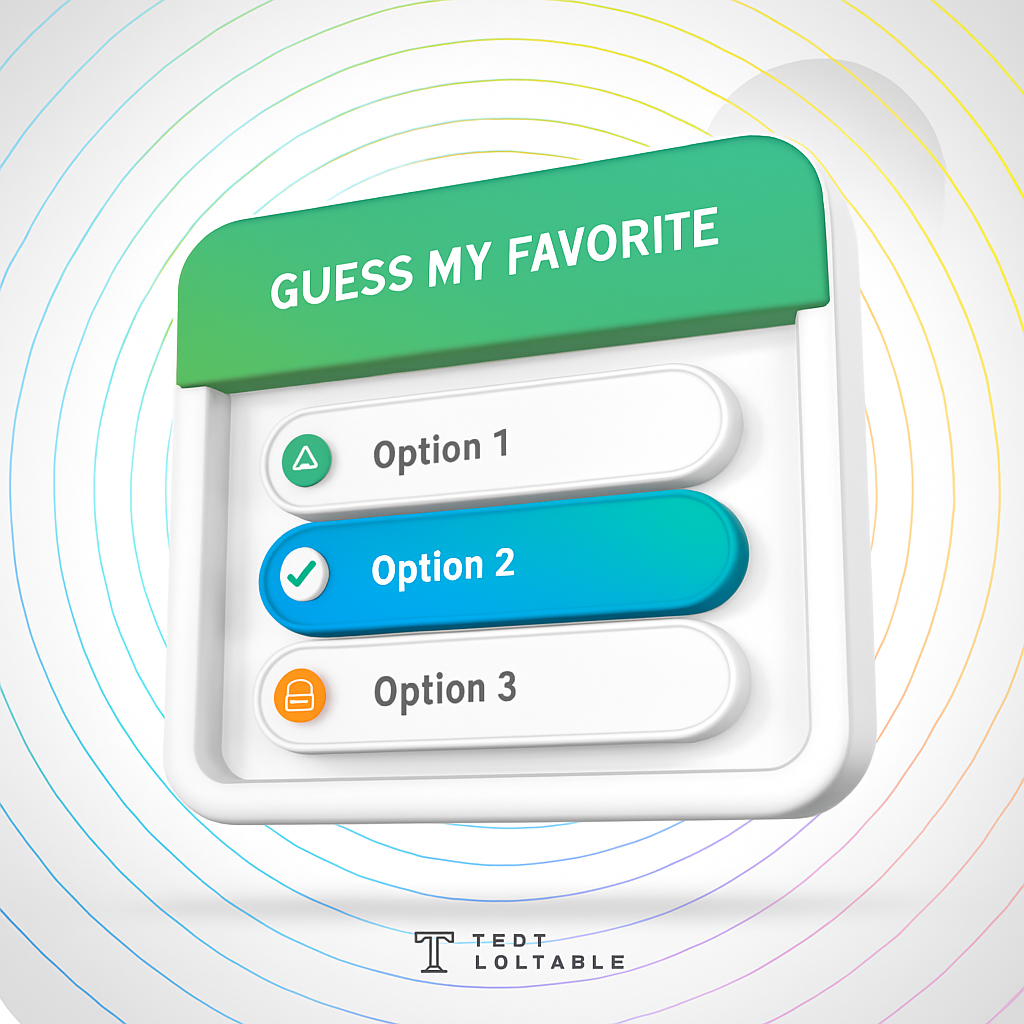
Table of Contents
Ever notice how easy it is to say “yes” to something small, but harder to commit to something big right away?
That’s not a bug—it’s how the human brain works.
And it’s the reason multi-step popups are quietly killing it in conversion rates.
If you’ve ever seen a popup ask something simple like “Do you like casual or formal wear?” and only then ask for your email, you’ve experienced it. That’s a micro-commitment in action.
In this post, we’re diving into the psychology behind these small asks, why multi-step popups work better than single-screen forms, and how to design them in a way that makes people say yes—one step at a time.
First: What Are Multi-Step Popups?
Before we go deep, let’s get clear on what we’re talking about.
Multi-step popups are popups that break a task—usually a form—into a series of small steps. Instead of asking for name, email, preferences, and consent all at once, the process is spread out:
- Step 1: A simple question
- Step 2: A second question
- Step 3: An email field or final action
They look easy. And that’s the point.
Each click feels like no big deal. But by the time someone reaches the end, they’ve already invested. And they’re far more likely to complete the process.
That’s the micro-commitment effect.
What Are Micro-Commitments?
A micro-commitment is a small action someone takes that doesn’t require much effort, risk, or decision-making. It could be clicking a button, answering a one-question poll, or choosing between two options.
Each little action builds momentum.
Once someone says yes to something small, they’re more likely to say yes to the next thing. It’s a psychological bias called commitment and consistency. Humans want to behave in ways that align with what they’ve already done.
That’s what makes multi-step popups so effective. They don’t ask for a lot upfront—they ease you in.
Why Do Multi-Step Popups Work So Well?
Here’s the psychology at play:
1. They Lower the Initial Friction
If your popup opens with a giant form asking for five fields of personal info, most people will bounce. It’s too much, too soon.
But a question like “What are you shopping for today?” feels harmless. Easy to click. No personal data yet.
That first micro-commitment lowers the barrier. It’s the foot in the door.
2. They Build Momentum
Every click makes the user more committed. Even if they didn’t plan to finish, once they’ve started, they feel pulled to continue.
That’s behavioral consistency at work.
By the time multi-step popups ask for the email, the user has already answered two questions. They’re in. Now it feels odd to stop.
3. They Create a Sense of Progress
“Step 1 of 3.”
“You’re halfway there!”
These little signals do something important—they make people feel like they’re making progress.
And progress feels good. It creates motivation to finish what you started. Even if it’s just a popup.
Examples of Multi-Step Popups in the Wild
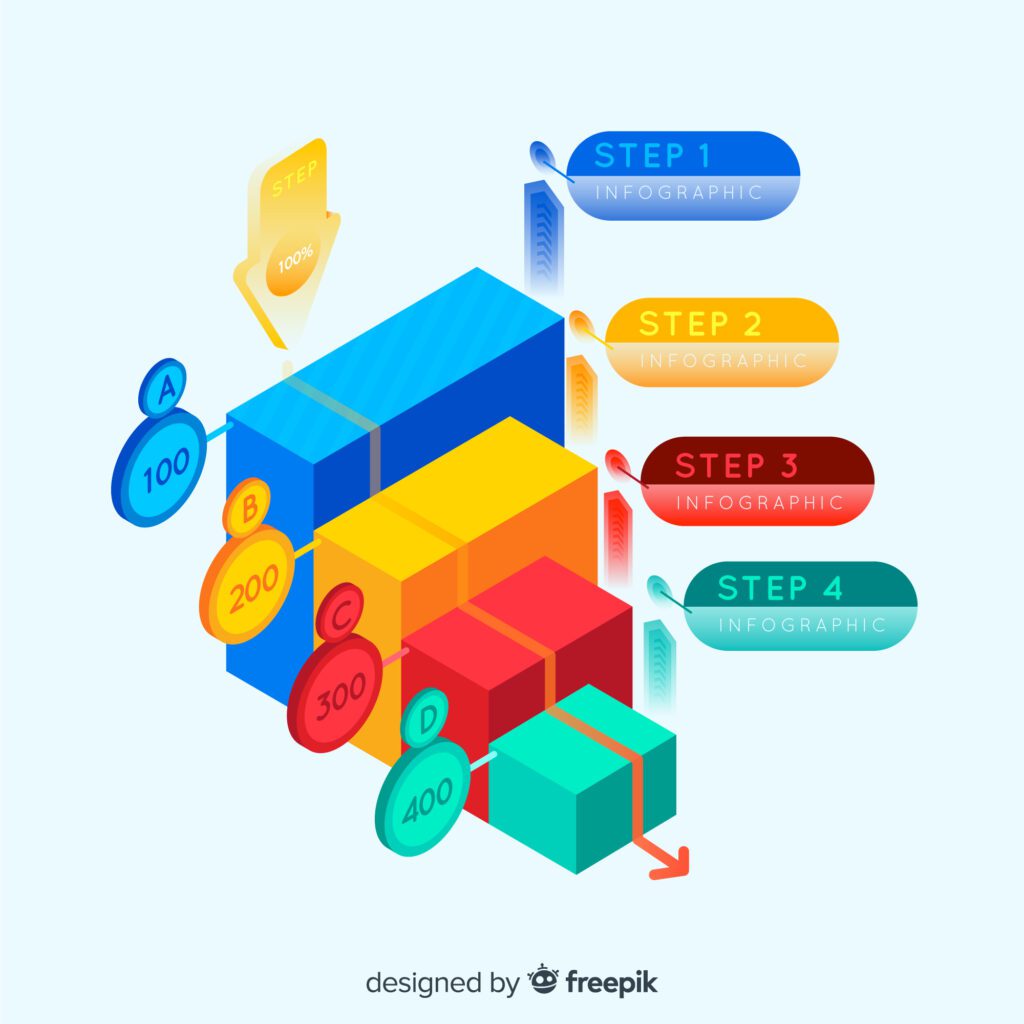
Let’s look at how brands are using micro-commitments in multi-step popups effectively.
1. Ecommerce Store: Style Quiz
Popup Step 1: “What’s your go-to style?”
- Casual
- Formal
- Both
Popup Step 2: “How often do you shop online?”
- Weekly
- Monthly
- Rarely
Popup Step 3: “Enter your email to get style picks tailored to you.”
Why it works: The customer doesn’t feel like they’re joining a list—they’re answering fun, low-effort questions. By the end, the email field feels like a natural part of the flow.
2. Fitness App: Personalized Plan
Popup Step 1: “What’s your current fitness level?”
Popup Step 2: “What’s your primary goal?”
Popup Step 3: “Enter your email to get your free custom plan.”
Why it works: The first two steps create the illusion of a personalized experience. By the time the user is asked for their email, they feel like they’re getting something just for them.
3. B2B SaaS: Lead Qualifying Funnel
Popup Step 1: “What’s your company size?”
Popup Step 2: “What’s your biggest challenge right now?”
Popup Step 3: “Where should we send your custom solution guide?”
Why it works: It feels like a consultation, not a lead capture. The language is helpful. The steps build a sense of value.
When to Use Multi-Step Popups
Not every popup needs multiple steps. But they’re especially useful when:
- The value offer is more complex (personalized, high-ticket, consultative)
- You need to qualify leads before capture
- Your audience is busy or skeptical
- You want to gather segmentation info before asking for an email
Multi-step popups are also ideal for:
- Product quizzes
- Referral program opt-ins
- Loyalty club onboarding
- Email list segmentation
- Coupon delivery based on preferences
If you’re just asking for a single email in exchange for a discount, a single-step might be enough. But if you want more thoughtful engagement? Go multi-step.
Also read our guide on Multi-Step Popups: Breaking the Form Fatigue Barrier
How to Design Multi-Step Popups That Don’t Annoy People
The line between clever and annoying is thin. Here’s how to stay on the right side:
✅ Start with an easy, non-threatening question
Make Step 1 light. Fun. Something they can’t get wrong.
Bad: “What’s your email address?”
Good: “What’s your favorite type of content?”
✅ Use plain language
No jargon. No “marketing speak.” Talk like a human. Write like you’re texting a friend.
✅ Show progress
Use “Step 1 of 3” or a progress bar. It reassures people that this won’t take long.
✅ Keep steps short
One question per step. Multiple-choice works better than open text. Make it tap-friendly on mobile.
✅ Delay the personal ask
Ask for email last, not first. Let people feel engaged before asking them to commit.
✅ Give a reason for the final ask
Instead of “Submit,” say “Get my custom offer” or “Send me the guide.” Make the reward feel real.
What to Avoid
Not all multi-step popups are created equal. Here are some things that will tank your results:
❌ Too many steps
Three is plenty. Maybe four if it’s fun. More than that? You’re asking too much.
❌ Asking personal questions upfront
Start small. Don’t lead with age, income, or phone number.
❌ Making every step mandatory
Let people skip. Optional fields feel less pushy.
❌ Forgetting the user’s time
Test your flow. Is it snappy? Or does it feel like a survey? If you wouldn’t do it, don’t ask your user to.
The Long-Term Value of Micro-Commitments
Here’s the underrated part of this whole strategy.
Multi-step popups aren’t just about conversions. They give you better data.
When someone clicks “Beginner” in a fitness quiz or “Formal wear” in a style quiz, you’re not just collecting an email—you’re collecting intent.
And that’s valuable.
It lets you segment your list. Send better emails. Show better offers. Build better funnels.
Small yeses lead to better long-term marketing.
Wrapping It Up
If your popups aren’t converting like they used to, it’s probably not because your offer is bad.
It’s probably because you’re asking for too much, too fast.
Switching to multi-step popups puts the psychology of micro-commitments on your side. You make it easier to start—and once people start, they’re more likely to finish.
So next time you build a popup, ask yourself:
- What’s the smallest “yes” I can ask for first?
- How can I make the process feel light and easy?
- Am I giving people a reason to keep going?
Do that, and you’ll turn more visitors into subscribers—and more subscribers into buyers.

